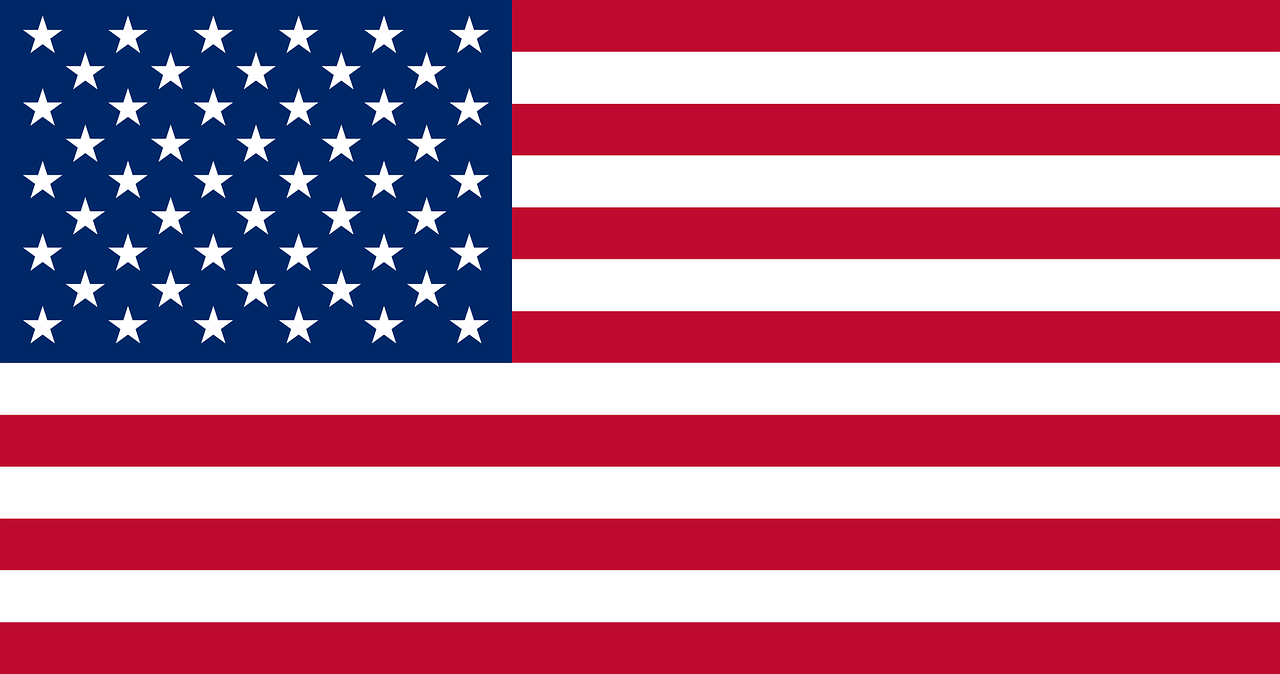Flags are powerful symbols that evoke a sense of pride, unity, and identity. In the vast and diverse land of the United States, the country proudly raises its national flag, known as the “Stars and Stripes.” Representing its rich history, democratic values, and the spirit of its people, the American flag holds a special place in the hearts of its citizens. In this blog post, we will embark on a journey through the iconic United States flag, exploring its symbolism, historical significance, and cultural importance. Join us as we celebrate the Stars and Stripes.
The National Flag of the United States:
The national flag of the United States, often referred to as the “American flag” or “Stars and Stripes,” features thirteen horizontal stripes alternating between red and white. In the top left corner (hoist side), there is a blue field, known as the canton, containing fifty white stars arranged in a pattern of nine rows and alternating five and six stars. Each star represents a state in the Union.
Symbolism and Meaning:
The American flag carries significant symbolism that reflects the nation’s history and values. The thirteen stripes represent the original thirteen colonies that declared independence from British rule and formed the United States. The red stripes symbolize courage and valor, while the white stripes represent purity and innocence. The blue canton with fifty stars symbolizes the Union of states, with each star representing the collective strength and unity of the states in the country.
Historical Significance:
The current design of the American flag was officially adopted on July 4, 1960, when Hawaii became the fiftieth state. The flag has undergone several modifications over the years to accommodate the addition of new states. The design represents the enduring values of liberty, justice, and democracy that are at the heart of the United States’ foundation.
Cultural Importance and Unity:
The American flag is a symbol of national pride, unity, and identity. It is proudly displayed during national holidays, military ceremonies, sports events, and cultural celebrations, evoking a sense of patriotism and unity among the American people. The flag represents the shared values, traditions, and history that bind the diverse population of the United States together.
Variations of the American Flag:
While the national flag remains consistent, there are various state flags that represent the fifty states within the country. State flags often incorporate local symbols, colors, or emblems that reflect the unique identity and heritage of each state. They showcase the cultural diversity and regional pride that flourishes within the United States.
The American flag, with its thirteen stripes and fifty stars, stands as a cherished symbol of the nation’s history, unity, and aspirations. It represents the United States’ resilience, diversity, and commitment to the principles of freedom and democracy. As the United States continues to shape its future, the flag will remain a proud emblem, reminding its citizens of their shared heritage, values, and the incredible diversity that makes the United States a truly remarkable nation.

